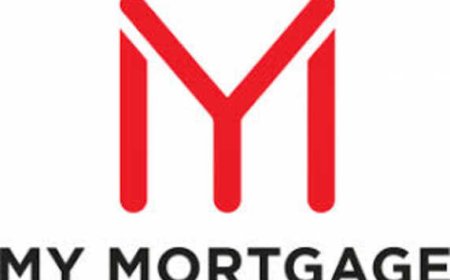Active Vs. Passive Real Estate: Which One to Choose?
Active real estate needs full participation; this goes from start to finish. You source properties, and you negotiate deals. You secure financing, renovation is also involved, and you manage tenants, and handle maintenance issues too.

Real estate builds long-term wealth, offers tangible assets, and also brings steady income potential. However, not all investors use the same approach, and strategies fall into two main types. These are active and passive, both enter the property market, but they differ greatly from one another. If youre thinking about investing, understanding these models helps.
Active real estate investing is for full control; it also means direct involvement. This usually involves buying properties and includes managing and renovating them. This hands-on method gives higher returns, but it comes with more effort and risk. Passive real estate investing is different; it offers a hands-off experience. It is done through REITs or syndications. While you earn returns and someone else manages operations.
Confused between picking these two? Then weve got you. In this article, well compare these two investment strategies and understand which fits certain types of investors. Scroll down to uncover more in detail.
Comparison Between Active Vs. Passive Real Estate
Choosing real estate investing matters; its not only about returns, but also about your commitment level. If youre a first-time investor, then you must understand all the differences between these two to make an informed decision. Well compare these two options with important factors that matter to investors. Scroll down to unveil the comparison in detail.
1.Level of Involvement
Active real estate needs full participation; this goes from start to finish. You source properties, and you negotiate deals. You secure financing, renovation is also involved, and you manage tenants, and handle maintenance issues too. Therefore, its like a full-time business, and therefore, it needs consistent effort. If you enjoy hands-on work, active investing suits you, and it offers full control over decisions.
Passive investing differs greatly; you invest through platforms, examples are REITs or funds, and you are not responsible for management. Daily operations are handled by others. This suits busy professionals, and it is also good for passive income seekers. However, it means relying on others as youre not the only one who makes decision.
2.Time Commitment
Time dedication is a big difference; active investing takes hours daily, and this is especially true with many properties. It needs time for research, you network with contractors, you talk to agents, and you handle tenant issues. You oversee financial performance.
Passive investing takes much less time; you vet a sponsor first, or you check an investment platform. Then you commit your money, your ongoing involvement is minimal, and you might check performance reports. But most hard work is done for you, passive investing saves time, it offers real estate exposure, and it avoids the daily grind.
3.Control Over Investment Decisions
If you like being in charge, choose active; it gives you full control, and you decide what to buy. You pick when to sell, you set rent prices, you choose improvements; this autonomy can be empowering. It suits investors with a strong vision, and it also fits a clear strategy.
Passive investors give up much control. When you invest in a REIT, managers decide, real estate funds work similarly. You trust their experience, and they aim to maximize returns, which may seem limiting, but it reduces the burden. It helps avoid tough calls, this is true especially in unstable markets, just work with reliable partners, ensure they are transparent.
4.Capital Requirement
Active investing often needs more money upfront, and you need capital for down payments, repairs, and closing costs are vital. Reserves for unexpected expenses, too. You may also need to qualify for loans, which requires good credit. It requires strong financial standing, costs can add quickly, this happens in competitive markets, and it also occurs with multi-unit properties.
Passive investing offers lower entry points, which depend on the platform or fund; many REITs allow small starts. Crowdfunding platforms, too, you can begin with hundreds or even a few thousand dollars, which makes it more accessible. New investors can start easily, and others can diversify without huge single asset investments.
5.Expertise Needed
Active real estate needs solid knowledge. You need to know property values, market trends are important, and financing options too. Legal requirements are key, property management skills matter, negotiation skills are useful, and knowledge of construction helps. Learning as you go is possible, but it comes with risks because there is a learning curve.
Passive investing needs less expertise; you should know asset basics, understand the management team, but you don't make technical decisions. Passive incomes have a defined structure and professionals look over them so which also means higher returns. However, it's important to choose a reputable company with experienced managers.
For this, investors rely on https://www.globalpartners-ltd.com/ and let professionals handle everything while they enjoy the steady returns.
Ready to Make Your Choice Between These Two?
A passive strategy suits everyone because it involves comparatively less risk and offers high returns. You can partner up with professionals who have decades of experience in the field. Feel free to contact professionals and take a step toward financial freedom.
Read more relevant articles on https://www.indianapolis24wire.com.






































